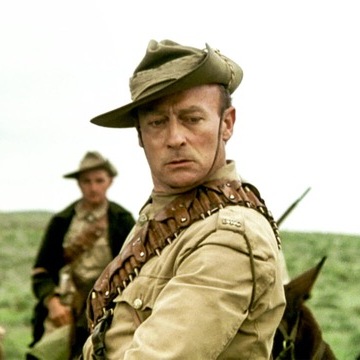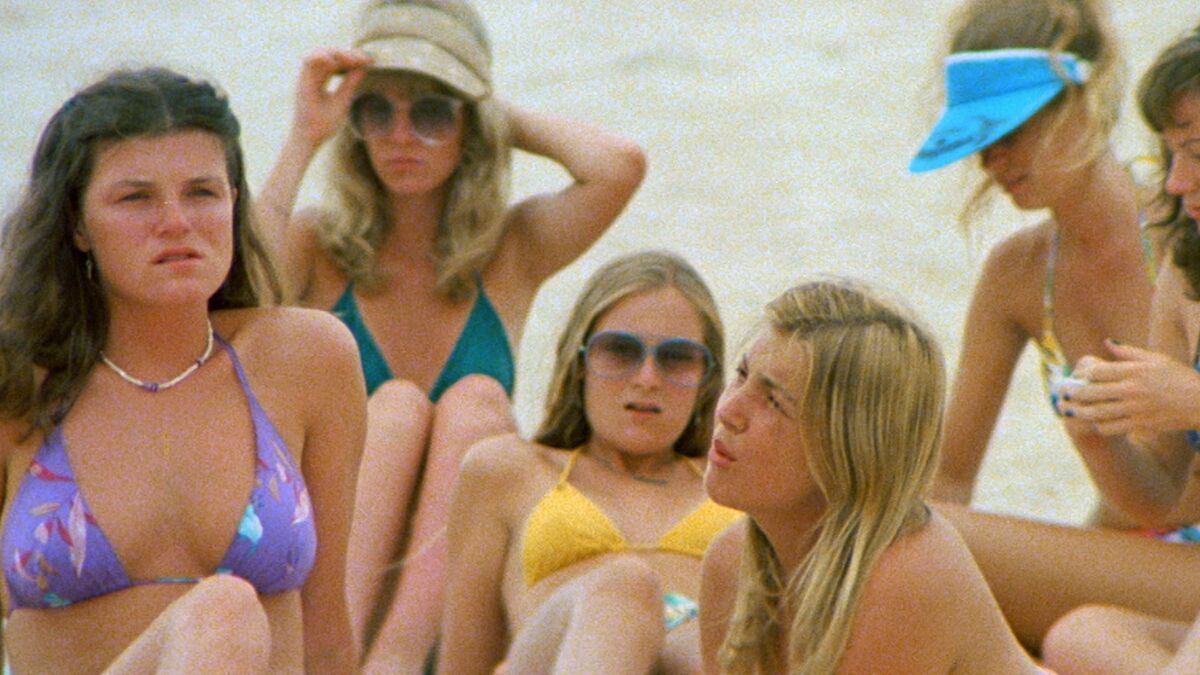Bruce Beresford is an Australian film director renowned for his diverse range of films that often explore complex social and historical themes. He gained international recognition for his work on movies such as Driving Miss Daisy, which won the Academy Award for Best Picture in 1989, and Tender Mercies. His films are best known for their nuanced storytelling, deep character exploration, and, often, a focus on critical social issues.
Beresford’s career spans several decades, during which he has demonstrated a remarkable ability to traverse different genres and styles. Early in his career, he gained attention with the Australian New Wave cinema, particularly with films like Breaker Morant and The Getting of Wisdom. These films, set against Australian backdrops, are noted for their strong narrative structures and exploration of Australian identity and history. Breaker Morant, in particular, showcases his skill in blending historical detail with compelling drama. In Hollywood, Beresford continued to exhibit his versatility, handling both intimate dramas like Crimes of the Heart and large-scale epics like Black Robe. His approach often involves deeply researched historical contexts, which he skillfully balances with personal stories, making his films both informative and emotionally resonant.
Beresford’s films focus on character-driven narratives, often exploring themes of redemption, morality, and the human condition. This is evident in Tender Mercies, where the journey of a down-and-out country singer is portrayed with poignant simplicity and depth. His visual style, while adaptable to the needs of the narrative, often features unobtrusive camerawork and a naturalistic approach, allowing the performances and the story to take centre stage. Beresford’s ability to elicit powerful performances from his actors is noteworthy, as seen in Driving Miss Daisy, where the nuanced performances significantly enhance the film’s exploration of race and friendship.

Bruce Beresford (1940 –)
Calculated Films:
- Breaker Morant (1980)
- Tender Mercies (1983)
Similar Filmmakers
- Alan Parker
- Fred Schepisi
- George Miller
- Gillian Armstrong
- James Ivory
- John Duigan
- John Boorman
- Ken Hannam
- Paul Cox
- Peter Weir
- Phillip Noyce
- Richard Attenborough
- Ray Lawrence
- Robert Benton
- Roger Donaldson
- Roland Joffe
- Rolf de Heer
- Stephen Frears



Bruce Beresford’s Top 5 Films Ranked
1. Breaker Morant (1980)
Genre: Legal Drama, Period Drama, War, Australian New Wave

2. Tender Mercies (1983)
Genre: Drama, Music

3. Driving Miss Daisy (1989)
Genre: Drama, Comedy

4. Don’s Party (1976)
Genre: Political Drama, Australian New Wave

5. Black Robe (1991)
Genre: Period Drama

Bruce Beresford: Themes and Style
Themes:
- Cultural Clashes and Social Dynamics: Beresford often explores the tension between different cultures and social classes. In Driving Miss Daisy, he delves into the complexities of race relations and friendship in the American South.
- Historical Contexts: Many of his films are set against a backdrop of significant historical events. For instance, Breaker Morant addresses themes of military justice and morality during the Boer War.
- Personal Redemption and Growth: His characters frequently undergo journeys of personal redemption and growth. In Tender Mercies, the protagonist embarks on a path of self-discovery and redemption through music and relationships.
- Strong Female Characters: Beresford has a penchant for creating complex, strong female characters. Films like Crimes of the Heart and Double Jeopardy showcase women grappling with challenging situations and societal expectations.
- Moral and Ethical Dilemmas: His films often present characters facing tough moral or ethical choices. Black Robe explores the ethical complexities of cultural imperialism and religious conversion in colonial North America.
Styles:
- Realism and Subtlety: Beresford’s style is marked by a sense of realism and subtlety. He often eschews flashy techniques in favour of understated storytelling, as seen in Driving Miss Daisy.
- Character-Driven Narratives: His films are predominantly character-driven, focusing on the development and relationships of the characters, like in Tender Mercies, where the personal journey is central.
- Naturalistic Performance: Beresford encourages realistic performances, often drawing deeply nuanced and authentic portrayals from his actors, a hallmark in Crimes of the Heart.
- Careful Use of Setting: He makes deliberate use of settings to enhance the narrative and thematic elements of his films. The rural landscapes in Breaker Morant underscore the isolation and moral quandaries of the characters.
- Balanced Storytelling: Beresford often strikes a balance between drama and humour, even in serious narratives, adding a layer of humanism and relatability, as seen in the bittersweet moments of Driving Miss Daisy.
Directorial Signature:
- Versatility in Genre: Beresford doesn’t confine himself to a single genre. He showcases his versatility by directing a wide range of films, from historical dramas like Breaker Morant to thrillers like Double Jeopardy.
- Unobtrusive Direction: His directorial approach is often described as discreet, allowing the story and characters to take centre stage without overwhelming them with stylistic flourishes.
- Focus on Script and Dialogue: Beresford places a strong emphasis on the script and dialogue, often working closely with writers to develop rich, well-crafted narratives.
- Collaboration with Actors: He is known for his collaborative approach with actors, often allowing them to contribute to their characters’ development, leading to more layered and authentic performances.
- Subtle Commentary on Society: While his films are entertaining, they often subtly comment on societal issues and human behaviour, encouraging audiences to reflect on the deeper themes presented.
Bruce Beresford – Great Director




